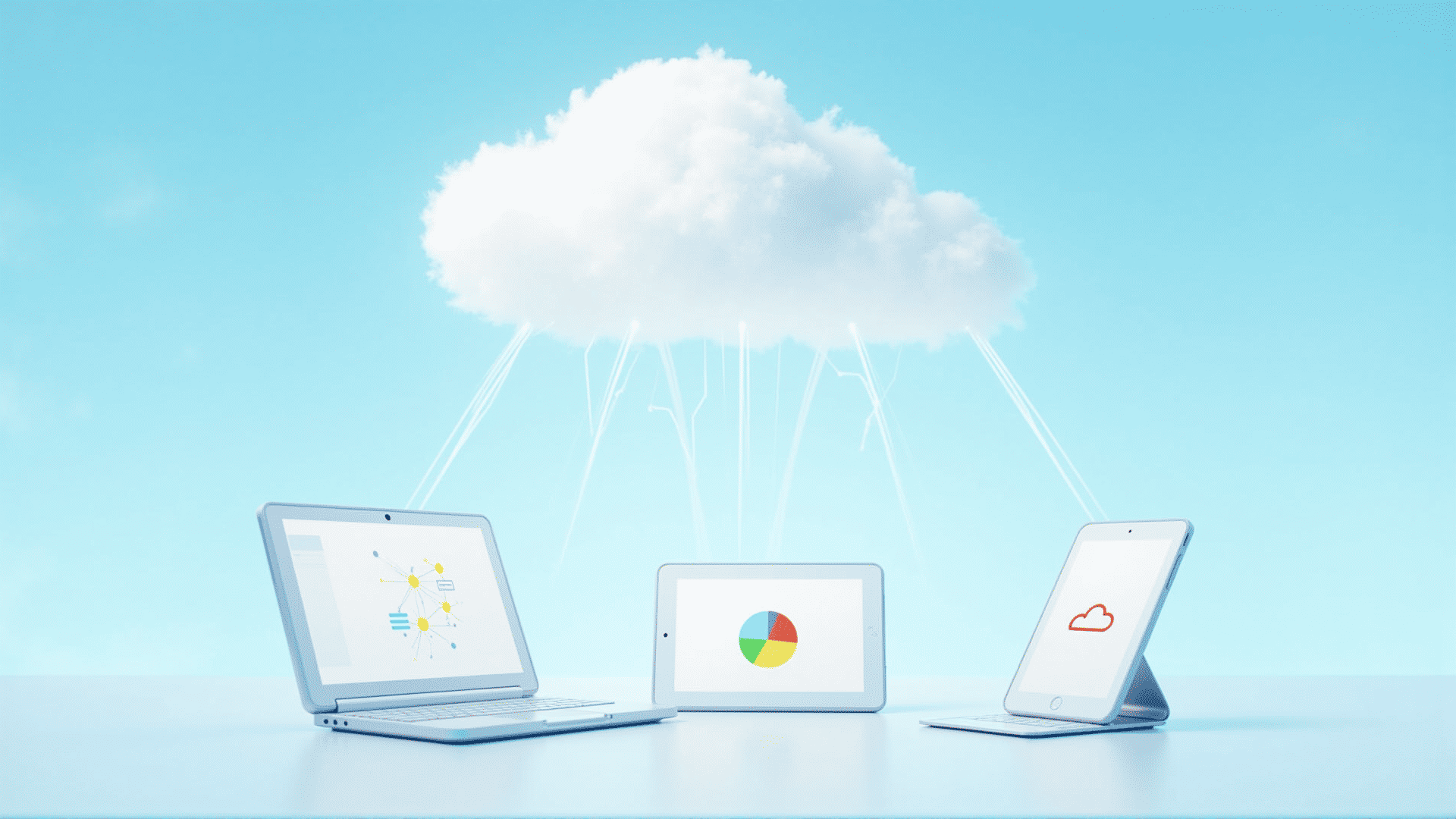Software-as-a-Service, commonly abbreviated as SaaS, represents a modern approach to accessing and utilizing software applications through the internet. In this model, users can conveniently use software hosted on external servers, thus eliminating the need for installation or maintenance on individual devices. This article delves into the operational framework of SaaS and highlights its advantages over traditional software distribution methods.
At its core, SaaS operates on a cloud-based infrastructure where third-party providers manage the software and its associated data, delivering it to users via the internet. This model starkly contrasts with the traditional setup where software licenses are bought and installed locally on a user’s machine. The SaaS provider takes charge of the software’s performance, updates, and security, ensuring smooth functionality without requiring direct user intervention.
One of the primary benefits of SaaS is its accessibility. Since the applications are available online, users can access them from any location and on any device that supports internet connectivity. This feature significantly enhances flexibility, allowing for seamless collaboration and remote work possibilities. Moreover, the burden of managing the technical side of the application is shifted from the user to the provider, reducing the demand for in-house IT resources.
Scalability is another significant advantage offered by the SaaS model. Users are not constrained by hardware limitations, as they can adjust their usage levels based on current needs. As businesses grow, the software can efficiently expand its functionality to accommodate increased demands, often without requiring extensive hardware upgrades or installation processes.
Additionally, SaaS is designed to facilitate regular updates and improvements. Providers can roll out new features and enhancements instantly to all users, ensuring that everyone benefits from the latest technology advancements. This continuous upgrading cycle helps organizations stay competitive and ensures that they are not relying on outdated tools.
Security is also a critical consideration in the SaaS model. Providers implement robust security measures to protect both the software on their servers and the user data it handles. This focus on security alleviates many concerns traditionally associated with local software installations, where the responsibility of securing data lies heavily with the user.
In conclusion, Software-as-a-Service reshapes the landscape by offering a more flexible, scalable, and accessible approach to software utilization. It shifts the focus from traditional hardware-dependent installations to a dynamic, cloud-based platform. By leveraging these benefits, organizations can enjoy enhanced collaboration, reduced IT expenses, and ongoing access to cutting-edge software capabilities.
